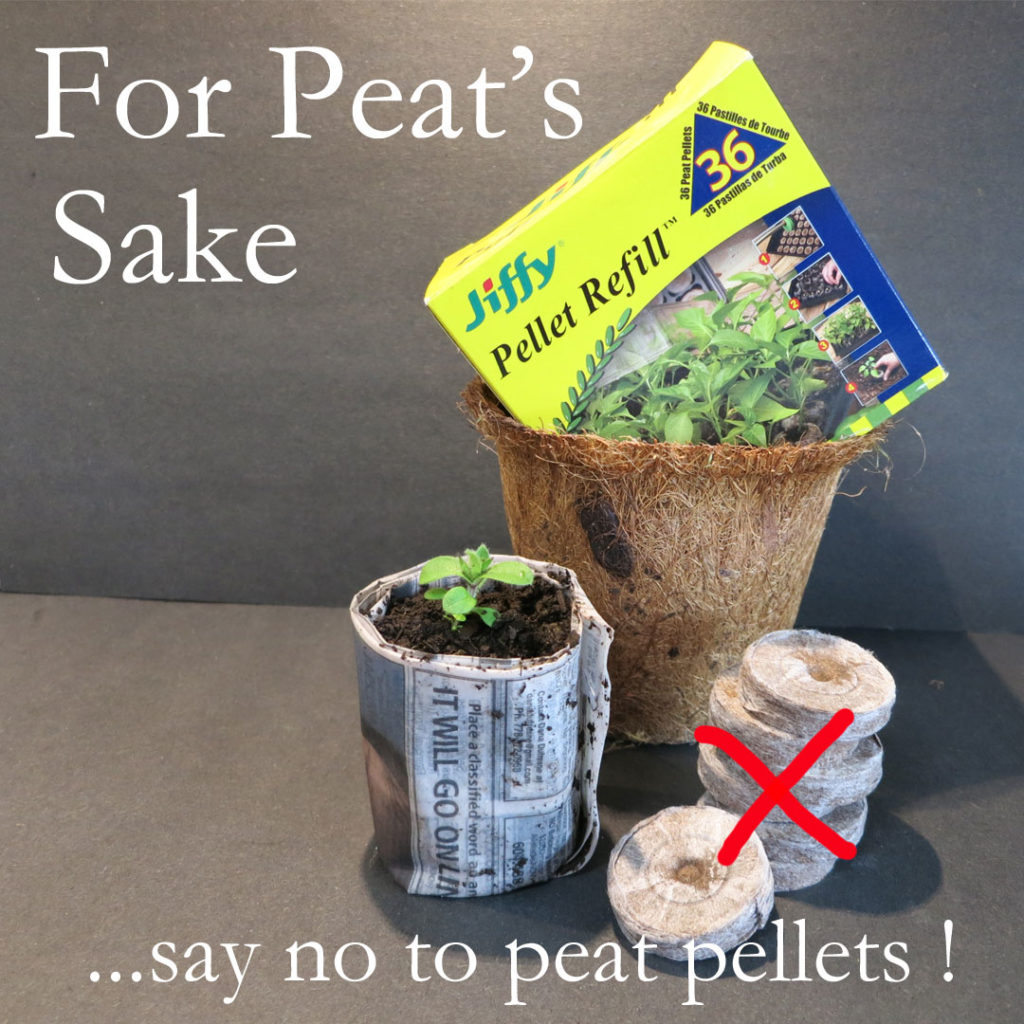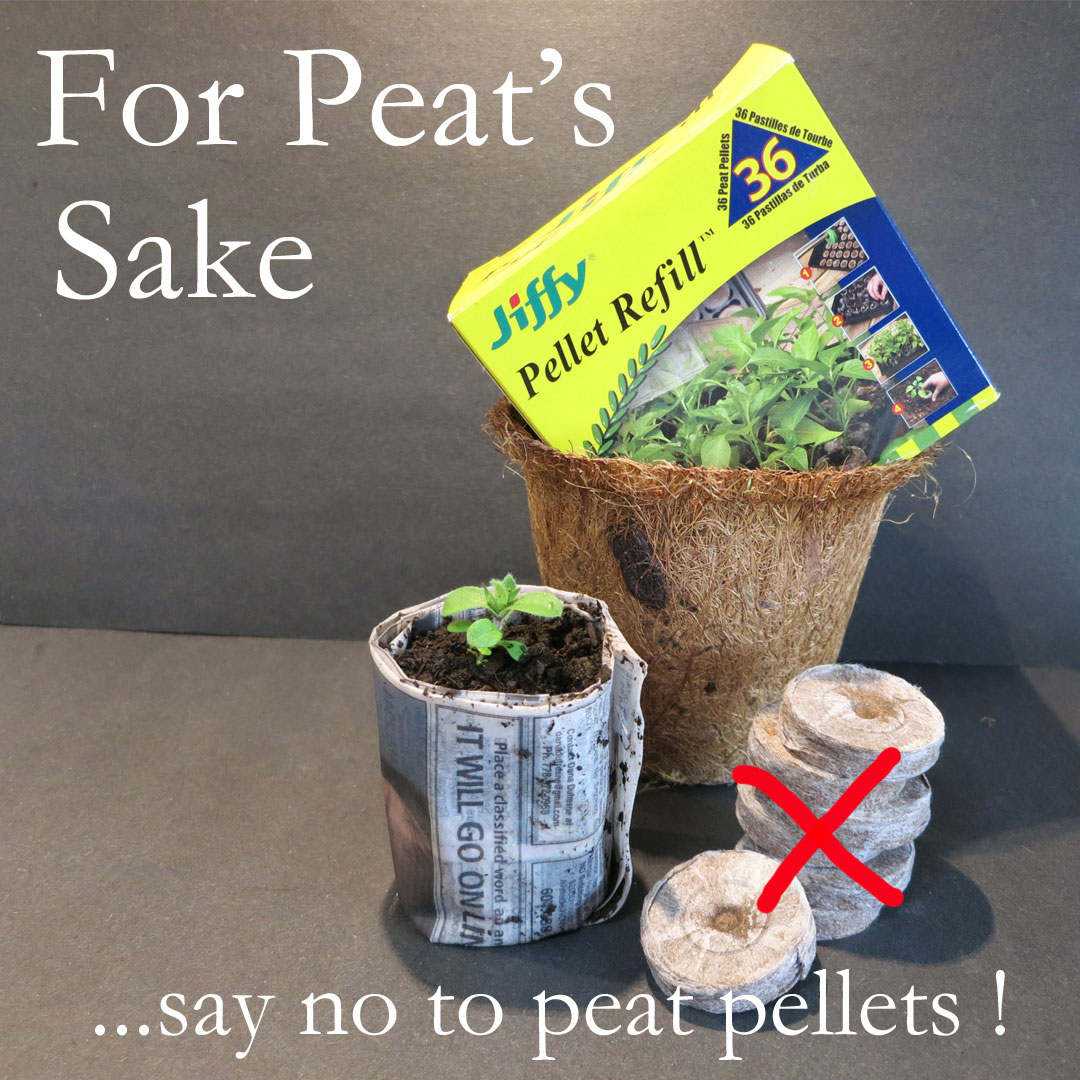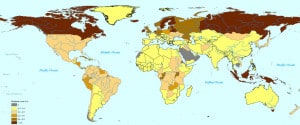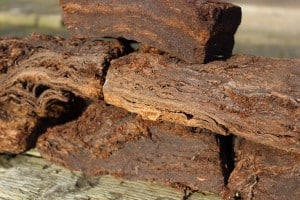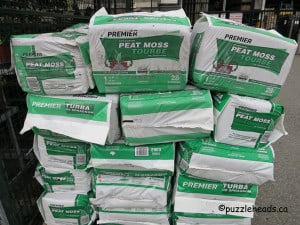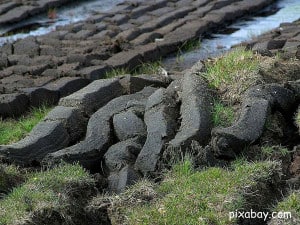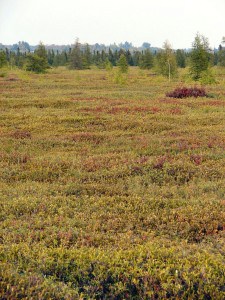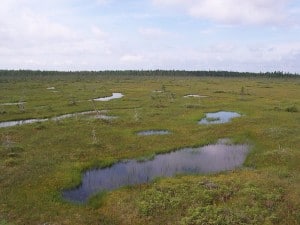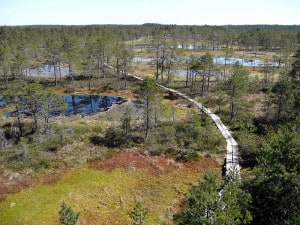When spring is in the air, chances are you start thinking about seed starting. Before you go to the garden centre to stock up on peat pellets, make sure you read this post first. Peat bogs are extremely valuable resources that take centuries to form – yes, centuries. To learn about this fragile ecosystem and how to protect it, read on!
Starting Spring Indoors
Spring is in the air… well in some parts of the country. At the very least you’re starting to think about what will be going into the garden this year. What do peat bogs have to do with spring? Let’s explore.
Spring is the perfect time to start up classroom mini gardens. Children love the hands-on learning about plant lifecycles, farming and the environment. It is so exciting to watch their own seeds sprout and grow.
Adults love looking through seed catalogues or browsing through the garden centre. It all brings back memories of last summer’s sweet tomatoes drooping from the vines and that perfect succulent strawberry.
See those handy little seed starting pellets displayed next to the seed packets? You know, the ones that expand several times their size in a tray of water. They are made of peat and provide a convenient, moist little package to pop a seed inside – no fuss, no muss.
What the heck is peat anyways and where does it come from? It is available in small bags, big bags, giant compressed bales and those mini pellets designed to fit in your seedling trays. It’s everywhere. Hardly worth a second thought…or is it?
What is Peat and Where Does it Come From?
Peat is as valuable, if not more so, than old growth forests. Peat bogs are a type of wetland that form over thousands of years. The bogs are mainly located in Canada, Russia, parts of Northern Europe and the USA.
Canada has about 25% of the world’s peat marshes and supplies 80% of the North American peat market. However, most of the world’s peat bogs are not accessible enough to warrant commercial harvesting.
The dark brown areas in this map show where more than 80% of the world’s peat bogs are located.
wetlands.org
How Do Peat Bogs Form?
Peat bogs form when sphagnum moss and other plant material growing on the surface of a shallow body of water get continually submerged. The submerged layers are in various stages of decomposition. Only about the top 30 to 50cm (12” to 20”) make up the living plant layer. We call this decomposing plant material peat moss.
There are several factors that make peat moss special and contribute to its formation. First of all, the soil temperature in the northern climates where the bogs are located is quite low. Secondly, the decaying plant material releases humic acid, making the water very acidic – almost like vinegar. Finally, the water contains very little oxygen. All of these factors dramatically slow down the decomposition of the plant material, actually acting more like a preservative.
As a result, the peat layers accumulate rather than disintegrate. However, the layers grow extremely slowly. In fact, the average growth rate is less than 1mm per year or 1/25th of an inch – literally the thickness of a few sheets of stacked paper.
An average peat bog may form a layer 6-7cm thick (less than 3″) over the course of a century. Most commercial operations of peat mining need bogs that are a minimum of 2m (about 6-1/2 ft thick) before considering harvesting. Therefore, a bog that is of commercial interest under this criteria has been forming for over 3,000 years.
Could you count the layers here and see how many thousands of years these bricks represent???
Benefits of Peat Bogs and Marshes
Peat bogs and marshes are giant sponges. The plant material absorbs water and slows the flow, thereby creating the unique habitat and ecosystem.
The marshy area stores vast quantities of water. This is beneficial because it can prevent areas further downstream from flooding. Conversely, the stored water could be drawn on and used during a drought.
In addition, a peat bog is capable of removing water pollutants and contaminants. The plant material can absorb heavy metals and sediments, trapping them into the bog layers.
Peat bogs are sometimes called “carbon sinks”. Due to the low levels of decomposition, the carbon dioxide the plants have absorbed sinks into the bog with the plants. Therefore, this carbon doesn’t get emitted into the atmosphere as a greenhouse gas. For this reason, bogs are also referred to as “carbon stores”. However, when the peat is harvested, the carbon dioxide is released.
There are fantastic, unique plants and animals that have adapted to be able to survive and thrive in these unusual acidic wetlands. Like in many extreme environments, the peat bogs and marshes are home to many plants and animals found nowhere else.
For instance, carnivorous plants like the Venus Fly Trap and the Pitcher Plant thrive in peat marshes. Such plants have become specialized and make up for the lack of soil nutrients by trapping insects and spiders. The Sundew plant is another one of these amazing plants. This plant makes one of the stickiest known biological substances.
Many bird species find nesting areas and migratory rest stops in peat marshes. Certain fish species use them for spawning grounds. Certain amphibians and insects call peat marshes home sweet home.
Environmental Concerns
Given the incredibly slow rate that peat bogs take to form, it’s pretty obvious that commercial harvesting of such a resource could not possibly be sustainable. Where commercial operations are viable, the process of peat mining is labour intensive and devastating to the environment, flora and fauna.
The harvesting process first involves digging drainage ditches. Then the bog is drained, it dries out and dies. Heavy machinery is then used to harvest the peat.
Some governments require peat bogs to be “restored” after harvesting. This means the water is allowed to flow back into the bog, somehow the sensitive native species are to be re-established and it is expected that the bog will just grow again.
In many situations the surrounding waterways may have been negatively affected. In addition, the soil that has been uncovered, exposed and disturbed may now be too rich in nutrients to sustain the specialized native species the acidic bog used to support. The entire complex ecology of the wetland and linked areas has been possibly irreversibly altered by this human activity.
It’s not as easy as just “rewetting the sponge”. Where in this process have marketing companies found the evidence to put the spin on peat as being “sustainable” and “environmentally friendly” …..???
These peat bales at the garden centre….. are harvested from peat bogs like this:
Teaching the Next Generation
Back in the classroom, the message we should be sending our little earthlings as they prepare to take on their role as future stewards of our planet, is be creative and come up with a better solution.
Peat does not need to be used for seed planting or as a soil additive. There are many alternatives available to the home gardener, despite what the marketing companies may lead you to believe. Take a look at the post on Peat Alternatives to learn more about your options.
Here are a couple of handy household examples:
- Small plastic containers from various snack foods (single serve apple sauce, puddings, mini yogurts) are the perfect size and readily available for seed starting. Furthermore, they can be used numerous times before ultimately being recycled. A perfect example of reducing, reusing and recycling.
- Cardboard egg cartons, or any other pulp-based take out containers hold moisture nicely and act as a biodegradable solution.
Let the little munchkins brainstorm and see what they come up with! If you need some activities for making easy DIY newspaper seedling pots, see the link below.
Easy DIY Newspaper seedling pots!
Preserve the beauty of peat marshes around the world.
A bog can only be harvested once…
because it may be another 3000 years before it’s ready again!
Mer Bleue Bog, Ontario, Canada
Parc de Frontenac, Quebec, Canada
“MerBleueBog2” by P199 – Own work. Licensed under CC BY 2.5 via Wikimedia Commons
“Tourbière 03 – Parc de Frontenac – Juillet 2008” by Boréal – Own work. Licensed under CC BY-SA 3.0 via Wikimedia Commons
Lahemaa National Park, Estonia
“EE-Lahemaa-Bagno Viru” by Lysy – Own work. Licensed under CC BY-SA 3.0 via Wikimedia Commons

